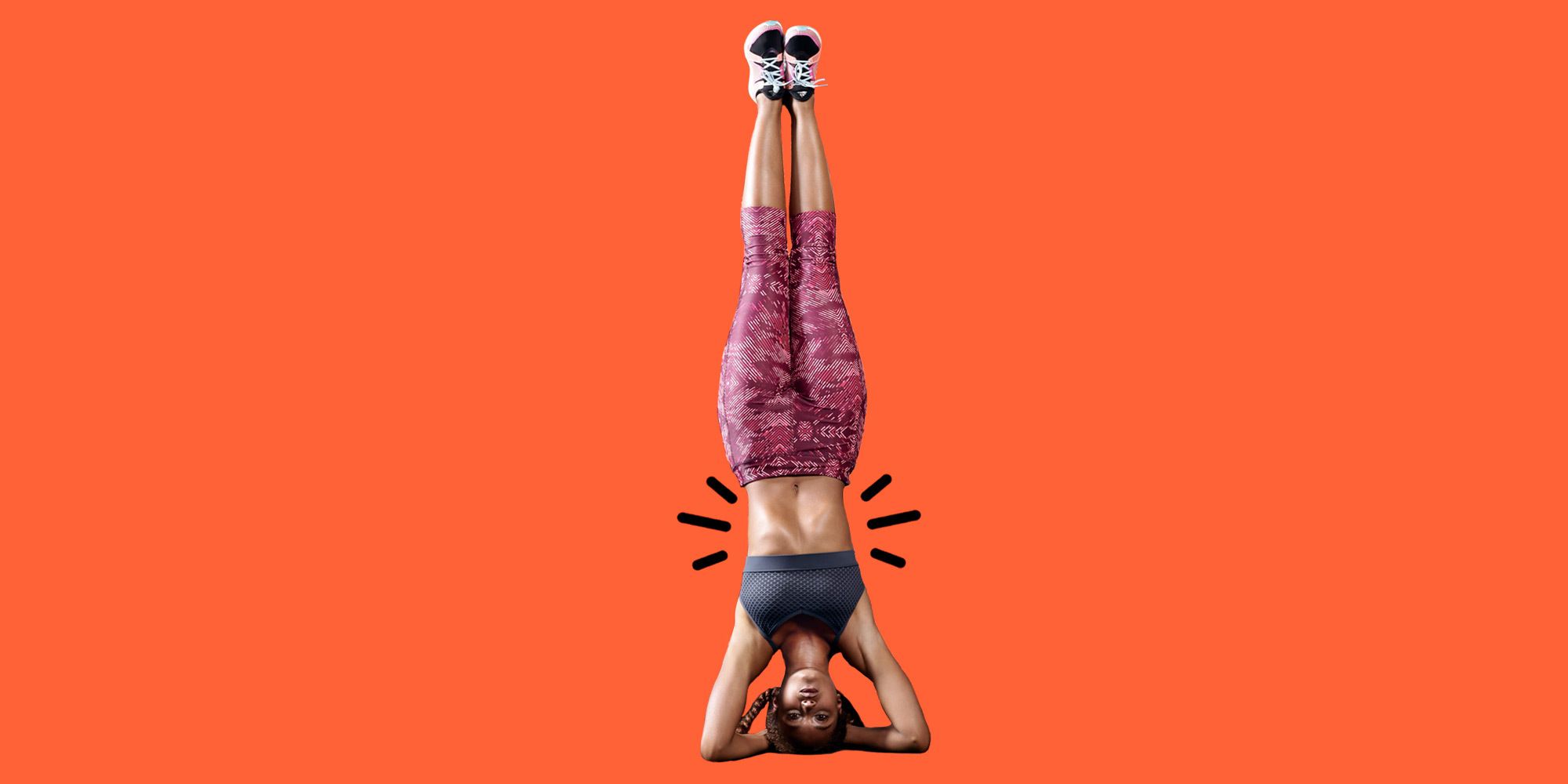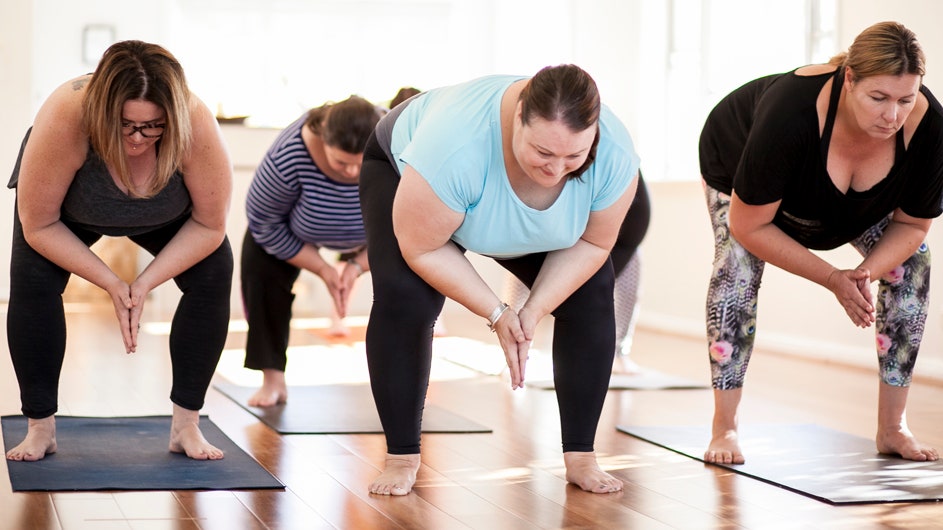
Yoga leg poses can strengthen your legs. The first step is to lie on your mat with your feet flexed. The next step is to lift your left knee up and extend your right leg over your left hip. Bend your right leg up towards your chest and bring it under your left forearm. Next, take your right hand and grab your right knee. You can do the same with the other leg. The left leg should be bended toward your chest as well.
The second pose of yoga is legs-up the-wall. This posture has been known to reduce stress and blood pressure. For this yoga pose, lower yourself to the floor and move your legs closer to it. You can rest your head on a table or on the floor. Continue to hold the pose for a few minutes until the tingling stops. Once you stop feeling tingling, return to the pose. These poses are great to strengthen your hamstrings and thighs.

You can also perform the legs-up-the-wall pose for a variety of reasons. It can improve your digestion, and it can also help strengthen your arteriovenous. It also helps to keep your body light-weight and flexible by pumping blood toward your legs and hips. It can even help with irregular periods. It is also beneficial for aging. You can do this yoga leg pose by finding a spot near a wall. Then, you will need to adjust your body so that it is in the right position. If necessary, you can also place a blanket underneath your back.
The adductor stretch stretches the inner thighs. Start by bending the left knee. Next, raise your butt. You should do this for 30 seconds. The main goal of this yoga leg stretch is to stretch your inner thighs. Using deep breaths, you can even bring your head down to the floor. You can also hold the pose for a few minutes to get a better feel of it.
Yoga leg stretch helps reduce swelling in the lower legs and can also be used to treat your feet and lower back. This is a great way for you to relax and recover from a workout. These yoga poses provide many benefits that go beyond the physical. These yoga poses can reduce anxiety, fatigue, and premenstrual symptoms. These exercises can relieve a range of symptoms. If you're looking for a way to improve the flexibility of your legs, try yoga.

A popular way of strengthening your legs and reducing stress is to do a yoga leg stretch. A yoga leg stretch is a good way to tone your lower muscles. If you want to increase flexibility, do the pose on a wall. You'll feel the difference when you start doing this stretch. Your legs will look more toned in no time. It is also a simple way to improve circulation. In addition to your legs, you'll look better overall with a strong lower body.
FAQ
How many times per week do I need to exercise?
It depends on what type of exercise and how much time are available. It's a good idea to do moderate-intensity aerobic exercises 3 - 5 times per week. It's important that you don't overdo it. It is crucial to exercise regularly in order to reap the full benefits of your workouts.
Which exercises work best for you?
It all depends upon your fitness goals. Some people are more focused on endurance activities such as running, cycling and swimming. Others enjoy lifting weights or using resistance bands. There are many types and styles of exercise available today. Choose an option that suits your lifestyle.
Do I have to exercise while drinking alcohol?
Yes. Alcohol can increase energy expenditure, speed up healing time, and reduce soreness.
It also increases insulin sensitivity. This makes it easier and faster to absorb glucose.
Dehydration can result from alcohol, which can affect your metabolism. It can also decrease testosterone production, which can affect muscle-building ability.
These are the reasons women should not drink alcohol before going to work out. Women who are heavily alcoholic should wait at minimum 24 hours before starting to work out.
Nursing mothers should abstain from alcohol as much as they can.
Men should have no more than one drink per day.
Is Cardio Better Than Strength Training?
Both are equally beneficial. Cardio is better if you are looking to build muscle faster.
Cardio burns a lot more calories per minute that strength training and is more effective at burning fat.
Strength training helps build muscle mass. But it takes longer than cardio to accomplish this goal.
How fast can my body be transformed?
Change your mindset is the first step. You must first decide to change.
After you have made the decision to change, you should commit to working towards your fitness goals for at minimum 3 months.
Next, you will need to find a program that suits your lifestyle.
Setting realistic expectations is also essential. If you are not ready to dedicate the time and effort to reach your goal, do not spend money on a gym.
Instead, take advantage of your free time to exercise outside.
Walk around your block for an hour every day to burn calories and help you lose 1 lb per month.
Now that you are clear about what you want to do, plan how you will organise your life around this plan.
It is important to set aside time every day for exercise before going to work. You can also take breaks throughout each day to get up and move.
When you achieve milestones, reward yourself. You might be able to buy clothes and accessories that reflect your accomplishments.
Do Men Need A Gym Membership?
A gym membership is not necessary for men. If you sign up for a gym, however, your money will be much more valuable.
Most gyms offer free trial members, which allows you to use the facilities without paying anything.
You can use the gym at any time you want, and it doesn't cost anything. Your membership can be cancelled at any time you choose to love it or not.
Statistics
- Get free shipping and 25% off today. (healthline.com)
- According to the American Academy of Dermatology (AAD), men over 50 are at a heightened risk of developing it. (healthline.com)
- By John Thompson Take a whopping 38% off a set of PowerBlock Pros. (menshealth.com)
- The PRS enabled risk stratification for overall prostate cancer and lethal disease with a four-fold difference between men in the highest and lowest quartiles (HR, 4.32; 95% confidence interval [CI], 3.16-5.89). (pubmed.ncbi.nlm.nih.gov)
- 10 pounds in a month is likely during a lean bulking phase, especially for beginners. (muscleandstrength.com)
External Links
How To
How can I burn fat while exercising?
Exercise can help you burn calories and increase your metabolism.
Moderate intensity exercise is a safe way to lose weight.
These are some tips to help you lose fat while working out:
-
Cardio exercises include walking, running, swimming, cycling, running and jogging.
-
Exercise for 30 minutes three times per week.
-
You can lose weight by adding strength training to the routine.
-
Avoid intense training. You can build muscle without breaking down muscle tissue.
-
When exercising, make sure to drink lots of water. Water is essential for flushing out toxins and keeping your body hydrated.
-
After exercising, you should drink low-fat protein drinks. Protein shakes can help boost energy and repair muscles.
-
So you don’t feel hungry, eat smaller meals throughout your day.
-
Don't skip breakfast! Skipping breakfast can lead to fatigue and sluggishness.
-
Mental health is important. Stressful situations can slow metabolism.
-
Keep a positive attitude. Research shows that overweight people gain more weight if they believe they are overweight than those who believe they look good.
-
Get enough sleep. You will have a harder time losing weight if you do not get enough sleep.
-
Be active. Get up every hour and get moving.
-
Maintain a healthy diet. Eating right keeps you feeling full and satisfied longer.
-
Find relaxation techniques. A tense mind doesn't allow your body to release stress hormones that break down muscle tissue.
A balanced diet contains all necessary nutrients for growth and development.
You should eat six small meals per day rather than three large ones. This gives your body more time to digest the food you eat.
For strong bones, we need 500 mgs of calcium daily. Calcium is available in dairy products like milk, yogurt, fortified soy beverages, orange juice, cereal, bread, and cereals.
Calcium is found in leafy green vegetables and beans, tofu as well as nuts, seeds, cheese, and seeds.
Your body needs vitamin D to absorb calcium. Vitamin D is found in eggs yolk, fatty fish and fortified foods.
Vitamin E is crucial for skin health. Vitamin E is found in vegetable oils and wheat germ oil, as well as peanuts, almonds and sunflower seeds.
Your body needs zinc for normal immunity function and wound healing. Zinc can be found in seafood, legumes and meats.
Zinc deficiency can cause fatigue, loss of appetite, depression, and impaired immunity.
Too much sugar leads to insulin resistance. This results in higher blood glucose levels. Insulin resistance is linked to weight gain.
When there is a high level of free radicals, insulin resistance can develop. Free radicals are molecules that have unpaired electrons, which can cause damage to cell membranes or other parts of your body.
Food additives, pesticides and herbicides, as well as preservatives, smoking and radiation are all sources of free radicals.
Free radical damage can cause cancer, heart disease and diabetes, as well as arthritis, asthma, and other diseases.
A well-balanced diet rich in antioxidants is the best way for you to avoid free radical damage. Antioxidants protect against oxidative damage.
Antioxidant vitamins include Vitamin C (found in citrus fruits), beta carotene (found in carrots, sweet potatoes, spinach, broccoli, cantaloupe, apricots, squash, mangoes, peaches, peppers, tomatoes, cabbage, cauliflower, kale, Brussels sprouts, collard greens, watermelon, and strawberries), and Vitamin E (found in nuts, olive oil, avocados, and eggs).
Selenium, manganese (and zinc) are other antioxidant nutrients.
Selenium protects cells against oxidative damage from free radicals. Selenium can also be found in Brazil nuts (tuna), liver, kidneys and shrimp.
Copper protects the brain, eyes, lungs, and red blood cells. Copper can be found in meat, shellfish, meat, and organ meats.
Manganese, an essential component of bone strength, is crucial. Manganese can also be found in oatmeal, brown rice, spinach and bananas.
Zinc is necessary for average growth, reproduction, and wound healing. Zn is found in lean meats, poultry, white fish and eggs.